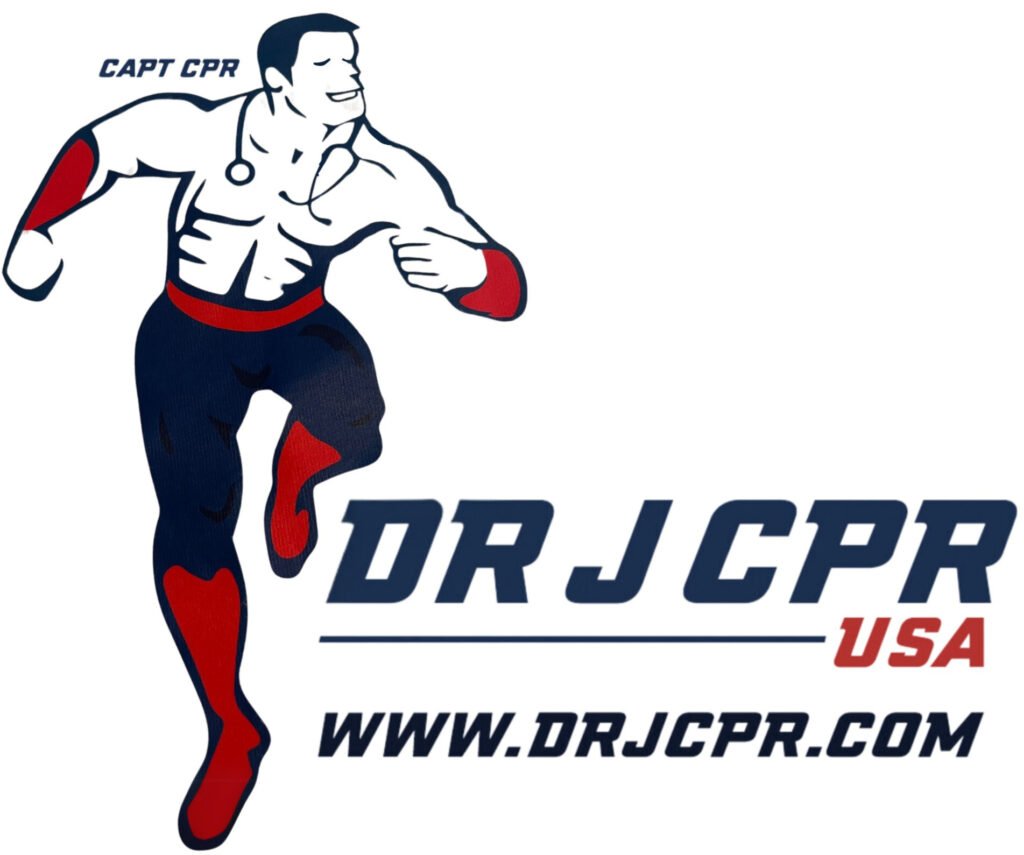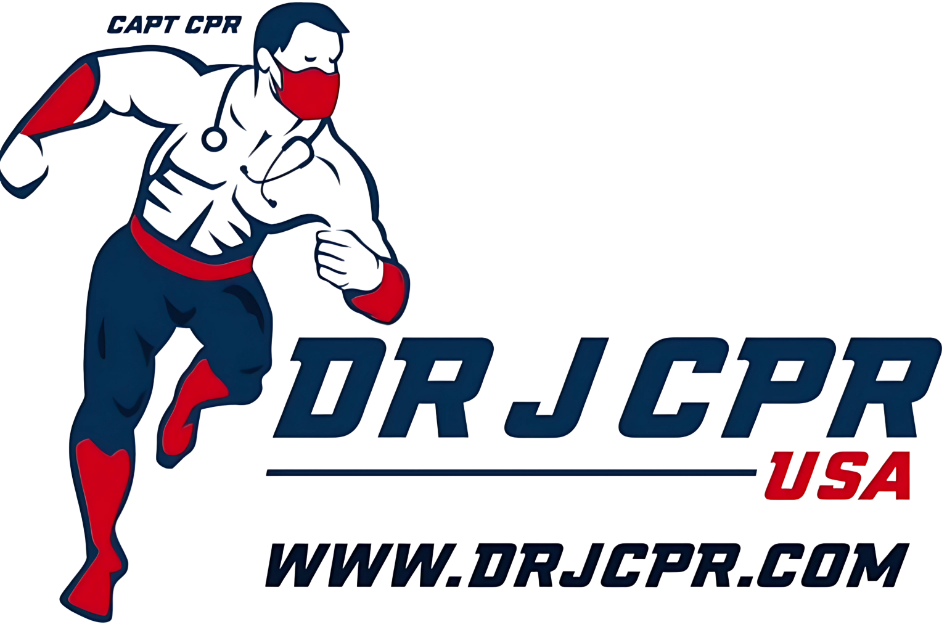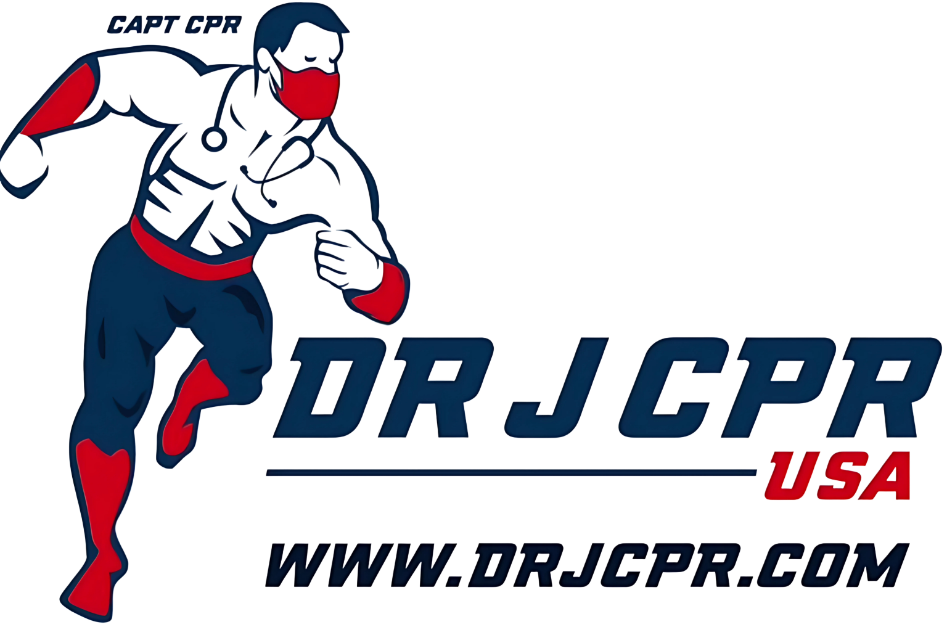How To Join
Step 1: Sign up
Step 2: Register for your course
Step 3: Make payment via Credit Card, Zelle, Venmo, or Cash App to access the study material and exam.
Go to Curriculum to access the course material
Optional books are available: ACLS – $30, BLS – $20, PALS – $35
Payment Options:
Zelle – 913-515-7925
Venmo – 913-515-7925 (Name: Dr Jay Hershman CPR)
Cash App – 913-515-7925 (Name: Dr Jay Hershman CPR)
Credit Cards – All major cards including American Express accepted
For any questions or support, email:
DrJayHershman@gmail.com
ACLS Course Overview
The ACLS (Advanced Cardiovascular Life Support) Online Class is designed for healthcare professionals seeking advanced knowledge of cardiovascular emergencies, life-saving interventions, and critical care procedures. This course provides a structured approach to heart function, cardiac condition recognition, ECG interpretation, and applying ACLS protocols in real emergencies.
What You Will Learn (ACLS):
- Cardiac Physiology & Hemodynamics – Heart structure, pressure dynamics, and blood circulation.
- Blood Pressure & Valves – Understanding systolic vs. diastolic pressure and valve function.
- Hypertension & Heart Sounds – Long-term effects of hypertension and auscultation techniques.
- Cardiac Output Formula (CO = HR × SV) – Factors influencing efficiency.
- Cardiac Emergencies – MI vs. cardiac arrest differences and response.
- Brain-Heart Connection – Neurological regulation of breathing and cardiac activity.
- STEMI vs. Non-STEMI & Angina – Key differences in diagnosis and treatment.
- Electrocardiography (ECG) – Interpretation and arrhythmia recognition.
- ACLS Protocols & Medications – Life-saving drugs and emergency interventions.
- H+T Reversible Causes – Identifying and managing life-threatening conditions.
- Airway Management – Intubation techniques and video laryngoscopy.
This course includes video demonstrations, case studies, and practical applications. By completion, participants will be equipped with the knowledge and confidence to manage advanced cardiac emergencies effectively.
BLS Course Overview
The BLS (Basic Life Support) Online Class is for healthcare providers and first responders aiming to master essential lifesaving skills in cardiac and respiratory emergencies. The course emphasizes adult, child, and infant CPR, AED use, and effective teamwork during resuscitation.
What You Will Learn (BLS):
- Chain of Survival – Critical links to improve survival outcomes.
- High-Quality CPR – Proper depth, rate, and minimal interruptions.
- Adult, Child & Infant CPR – Age-specific techniques.
- AED Use & Safety – Safe defibrillator operation and shockable rhythm recognition.
- Choking Relief – Managing airway obstruction across age groups.
- Rescue Breathing – Bag-mask and mouth-to-mouth methods.
- Team Dynamics – Communication and role coordination.
- Scene Safety & Initial Assessment – Quick and safe victim evaluation.
- Recovery Position & Post-Resuscitation – Proper positioning after ROSC.
- Hands-Only CPR – Compression-only CPR application.
- Two-Rescuer CPR – Team-based resuscitation techniques.
- Pulse & Breathing Checks – Effective assessment methods.
- Opioid Emergencies – Naloxone administration and response.
- Special Considerations – DNR orders and in/out-of-hospital differences.
This BLS course includes guided video lessons with demonstrations and visual aids. Based on the latest guidelines, it ensures participants can confidently respond in cardiac arrest and airway emergency scenarios.
Curriculum
- 2 Sections
- 17 Lessons
- 7 Days
- Videos17
- 1.11. Heart right side Left side pressure5 Minutes
- 1.22. Blood Pressure Valves6 Minutes
- 1.33. Systolic vs Diastolic7 Minutes
- 1.44. HTN Chronic2 Minutes
- 1.55. Heart Sounds5 Minutes
- 1.66. CO=HRxSV10 Minutes
- 1.77. Diff between MI and Cardiac Areest5 Minutes
- 1.88. Brain controls Breathing8 Minutes
- 1.99. Brain Controls Heart4 Minutes
- 1.1010. Stemi vs NonStemi7 Minutes
- 1.1111. Angina vs Unstable Angina2 Minutes
- 1.1212. EKG 110 Minutes
- 1.1313. EKG 232 Minutes
- 1.1414. H + T2 Minutes
- 1.1515. Meds7 Minutes
- 1.1616. Intubation and Video10 Minutes
- 1.17BLS57 Minutes
- Exam2






